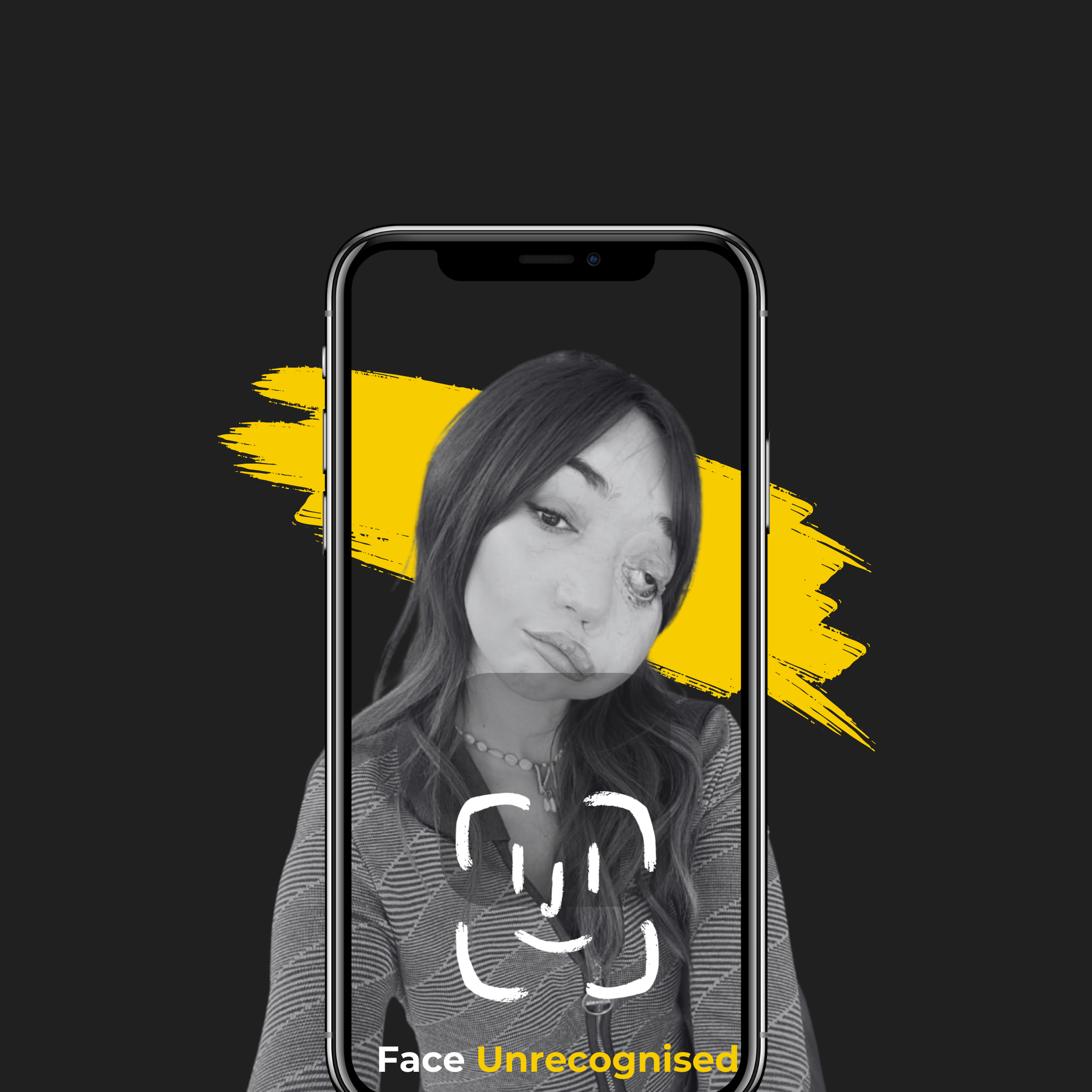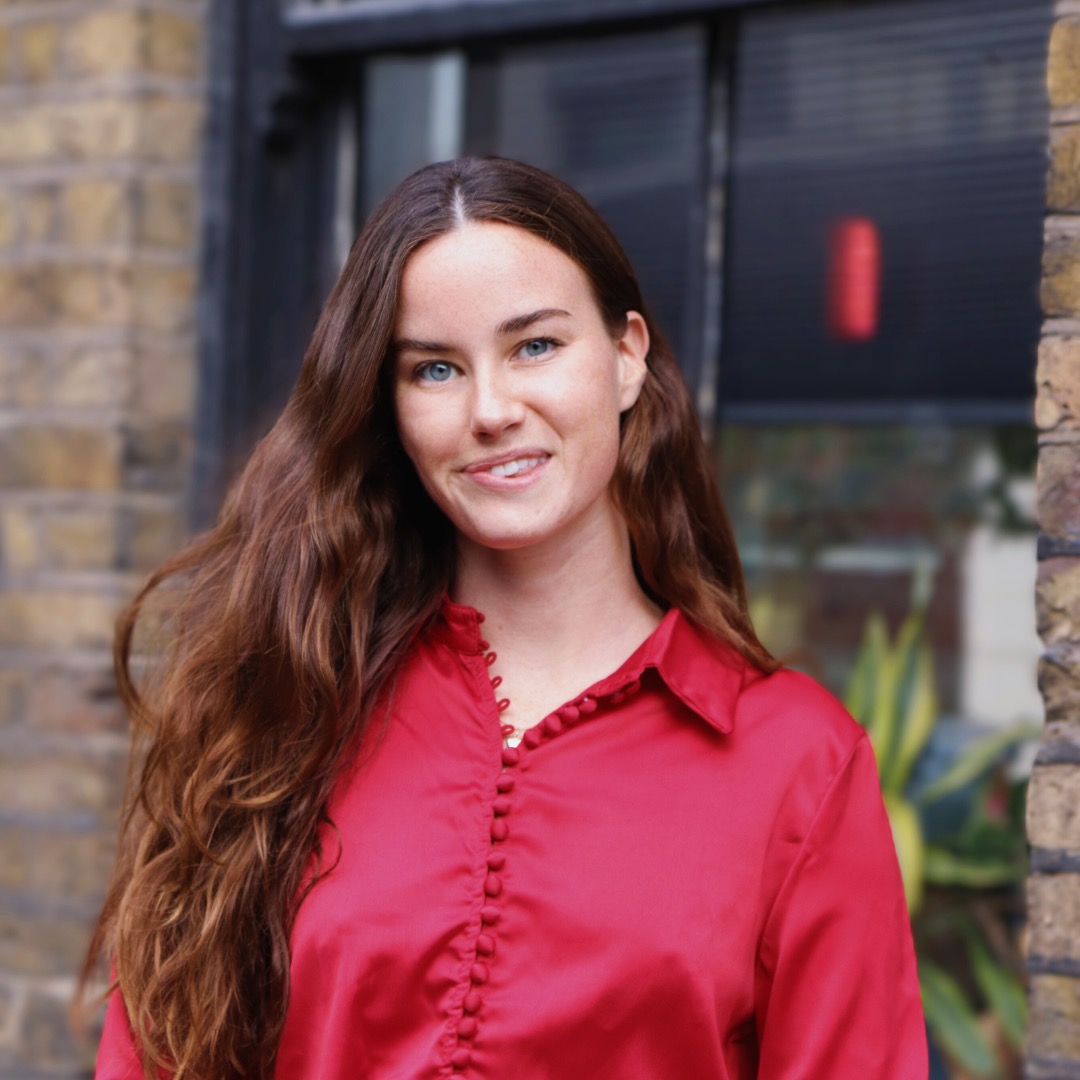The Harmful Trope of Facial Differences in Film Villains
By Tess Buckley

“The constant portrayal of individuals with facial differences as villainous or frightening reinforces harmful stereotypes.“
“In the world of cinema, a familiar face often greets us when the villain is revealed – a face marked by scars, burns, or other visible differences. This long standing trope in film has become a visual shorthand for evil, a lazy characterisation that equates physical difference with moral corruption. But what might seem like a convenient storytelling device carries real and harmful consequences for individuals living with facial differences.”
What’s The Harm in Stereotypes?
“The use of facial scarring to denote villainy has deep roots in cinematic history. From the early days of silent films to modern blockbusters, countless antagonists have been marked by facial differences. Think of Bond villains like Le Chiffre with his distinctive tear duct scarring, or the infamous Two-Face from Batman comics and films. Even in children’s animation villains, like ‘Scar’ in The Lion King, often sport scars or other facial differences, cementing this association from a young age.
“This persistent trope has a profound impact on public perception. Media representation plays a crucial role in shaping societal views, and the constant portrayal of individuals with facial differences as villainous or frightening reinforces harmful stereotypes. For the millions of people worldwide living with facial scars, birthmarks, or other differences, this can translate into real-life discrimination, social isolation, and psychological distress.”
Challenging The Tropes
“Challenging this stereotype is crucial. While examples of positive representation are still too rare, they do exist and should be celebrated. Films like “Wonder” have begun to explore the experiences of individuals with facial differences with empathy and nuance. Although, there is still tension in someone without a facial difference playing someone with one, a mask which they can take off at the end of the day in a makeup chair. On a personal note, the only time I’ve ever truly felt seen on screen was watching Milo Ventimiglia, an actor with a similar facial paralysis. His successful career and portrayal of a dad, son, or boyfriend, offer a refreshing counterpoint to the villain trope.
“However, more needs to be done. It’s vital that filmmakers and writers consult with and involve people with facial differences in the creative process to ensure authentic and diverse representation. Moving forward, the film industry has a responsibility to break this harmful trope. This doesn’t mean never depicting a villain with a facial difference, but rather ensuring a diversity of roles for characters with facial differences and avoiding simplistic visual coding of morality. As viewers, we too have a role to play in critically examining the media we consume and challenging harmful stereotypes.
“People with facial differences are our neighbors, friends, colleagues, and family members. I am a friend, sister, daughter, working professional and singer. We are as diverse in personality and morality as any other group. It’s time our media reflected this reality. By moving beyond this outdated and harmful trope, we can contribute to a more inclusive and understanding society – one that recognises the beauty in all faces, scarred or not.”
For more information on the problem with harmful tropes and media representation, read our Position Paper: ‘Visible Difference and Disfigurement in the Arts‘.
Tags: Dear Hollywood, Face Equality, facial difference, Film Villains, Stereotypes Posted by


